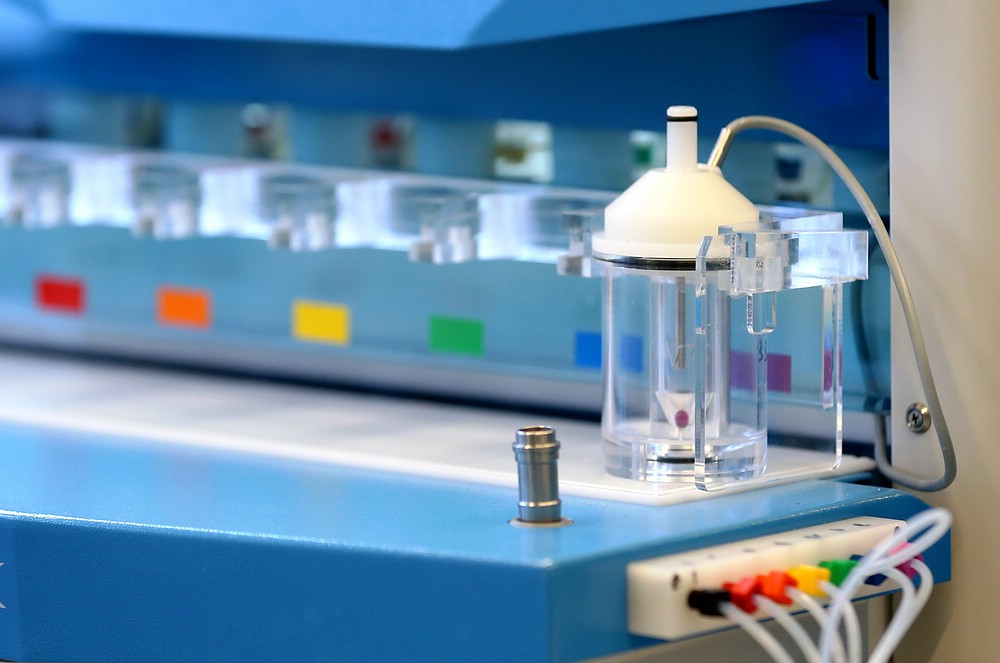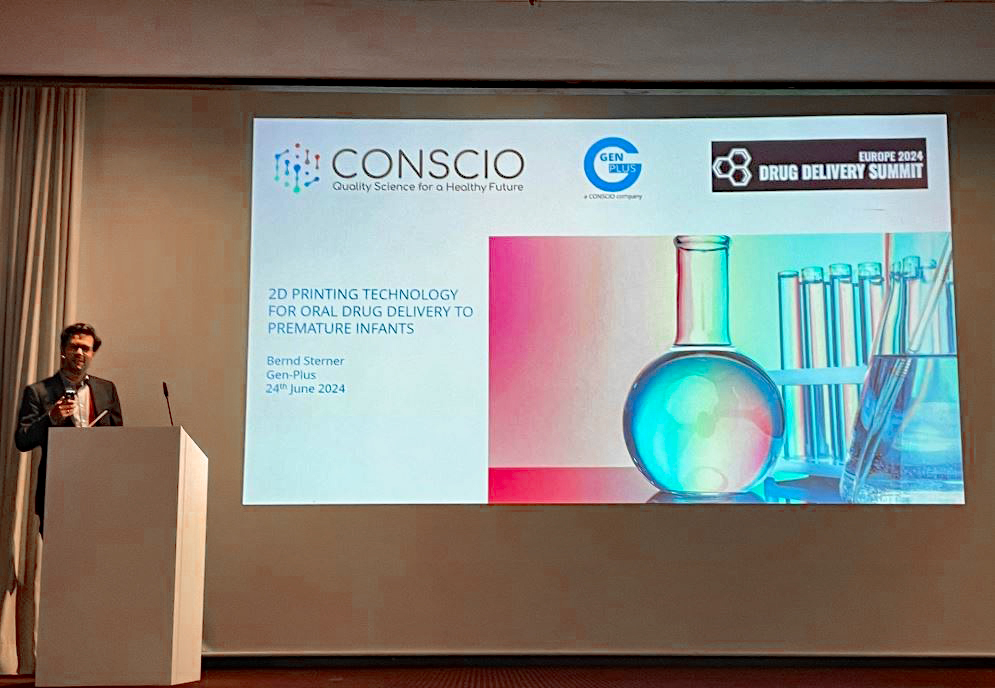
On November 1st, 2016, the project entitled “Osmoprotective Antibiotic Ionic Liquids” which isfunded by the Bayerische Forschungsstiftung started with a kick-off meeting of the involved projectpartners – the University of Würzburg, the L+S AG in Bad Bocklet and Gen-Plus in Munich.
In the course of this project, the research partners are working on Ionic Liquids as a novel strategy to address antibiotic resistance caused by biofilm-formation.
Within the last decades, medicine is facing a dramatic increase in antibiotic resistance attributed to excessive use and inadequate treatment of bacterial infections. Besides other resistance strategies caused by mutations within the bacterial genome, the presence of biofilms represent the biggest hurdle in complete eradication of the pathogen. Biofilms display aggregates of microorganisms, in which cells are embedded in a self-produced matrix of extracellular polymeric substance (EPS) and ad here to each other and/or to surfaces. These biofilms can for example be found on implants and chronic wounds leading to persisting infections and impaired healing. Due to this physical barrier,permeation of antibiotics into the biofilm is dramatically lowered.
Furthermore lower metabolic activity of the bacteria is observed, what makes their treatment substantially harder compared toplanktonic growing bacteria. Therefore, there is a current need for novel concepts to overcome this stumbling block thereby ensuring effectiveness of the utilized antibiotics.
This project is focusing on a novel strategy – ionic liquids. Ionic liquids are salts with a melting point below 100 °C. As a consequence, several properties decisive for the therapeutic effect, namely enhanced solubility, dissolution rate or stability can be improved.
Within the scope of this project, researchers at the University of Würzburg will screen several counter ions for the preparation of antibiotic ionic liquids. In cooperation with the L+S AG, resulting salts will be examined regarding physicochemical properties, antimicrobial activity as well as pharmacokinetics. Thereby, an increased aqueous solubility as well as a decreased minimal inhibitory concentration should be achieved by formulating antibiotic compounds as ionic liquids.
As the amorphous state of Ionic Liquids represents a major challenge for the development of pharmaceutical formulations, formulation specialists at Gen-Plus will jointly focus on this task.
In summary, combining improved pharmaceutical properties, such as solubility, dissolution rate orstability with enhanced membrane permeability, antibiotic ionic liquids could enhance the efficiency of antibiotics and display a unique strategy against antibiotic resistance due to biofilms.


